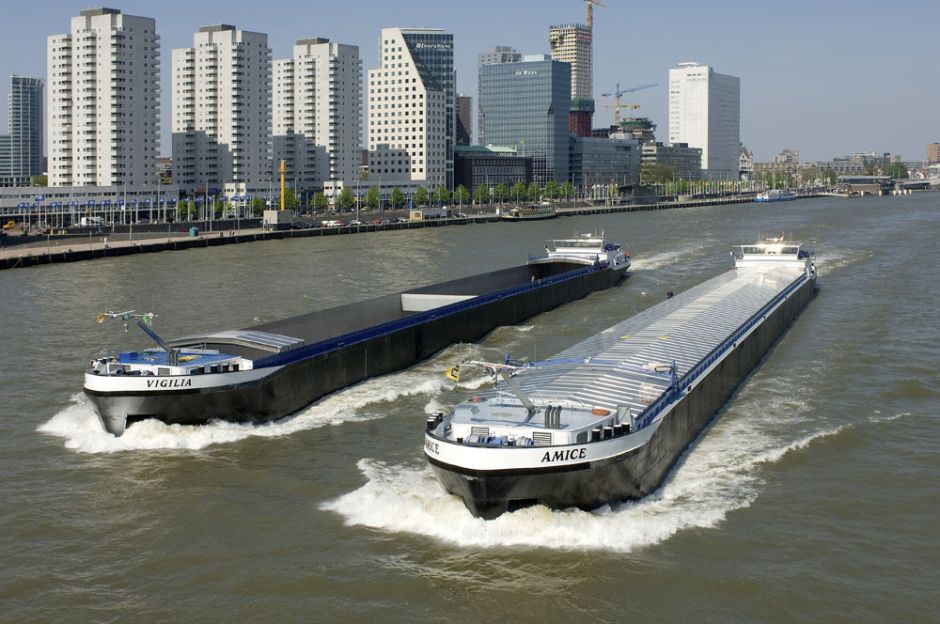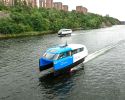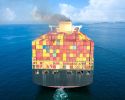New Lighthouse study: The waterway - the intermodal piece of the puzzle

The transport systems need improvement. Obvious problems are pollution and other adverse environmental effects, congestion in the road network and partly also in the rail network and in public transport. Moreover, system vulnerability to disturbances, i.e. system resilience is a growing issue of concern.
In the EU as well as in Sweden there is an outspoken interest for what potential opportunities the waterways might offer for improving the transport system. An often expressed solution is simply to shift cargo from the roads to the rail and seaborne modes of transport. The present study addresses feasibility and assessment of such solutions. Initially it is illustrated how the Swedish inland waterways could be used for regional freight transport. Values are identified that potentially can be realised into a benefit. For instance; increased accessibility, improved land use in urban areas, reduced load on road and rail networks, increased transport redundancy and decreased vulnerability, increased system flexibility, energy efficiency and low noise. It also comes clear that nitrogen oxides and particle emissions from ships must decrease. Technological issues related to winter navigation and environment risk assessment need attention as do the development of the interface to road and rail modes of transport e.g. means of reloading and the accessibility to quays and docks.
The study shows on a well-developed framework for modelling logistics and performing cost-benefit-analysis (CBA) although also showing great uncertainties and modelling weaknesses of aspects related to inland and urban waterways. I also come clear that assessment analysis focuses on effects from infrastructure investments and lack tools and methodology to assess the influence from measures to lessen transport work, e.g. by short cuts, or to optimise the existing system, e.g. by regulatory incitements to modal shift.
Finally, development opportunities are brought forward. It concerns improvements in technology, operation and infrastructure, but also in logistic models and CBA tools, providing urban planners and the transport buyer with high quality decision support.
-
 NextWave – en podd som ska locka unga
NextWave – en podd som ska locka unga -
 Ny studie: Eldrivna pendelbåtar kan effektivisera Stockholms kollektivtrafik
Ny studie: Eldrivna pendelbåtar kan effektivisera Stockholms kollektivtrafik -
 Sjöfartens utsläpp ökar
Sjöfartens utsläpp ökar -
 Sociala relationer påverkar val av bränsle
Sociala relationer påverkar val av bränsle -
 Sjöfartens omställning kräver ”mjukare” påtryckningar
Sjöfartens omställning kräver ”mjukare” påtryckningar -
 Hon hade avtalad tid med Kapten ynkrygg
Hon hade avtalad tid med Kapten ynkrygg -
 Lighthouse omvärldsanalys 2025 – osäkerhet och tullar präglar sjöfarten
Lighthouse omvärldsanalys 2025 – osäkerhet och tullar präglar sjöfarten -
 Se seminariet Shipping in the Marine Environment
Se seminariet Shipping in the Marine Environment -
 Vad betyder egentligen de 90 procenten?
Vad betyder egentligen de 90 procenten? -
 Hålla där...
Hålla där...

